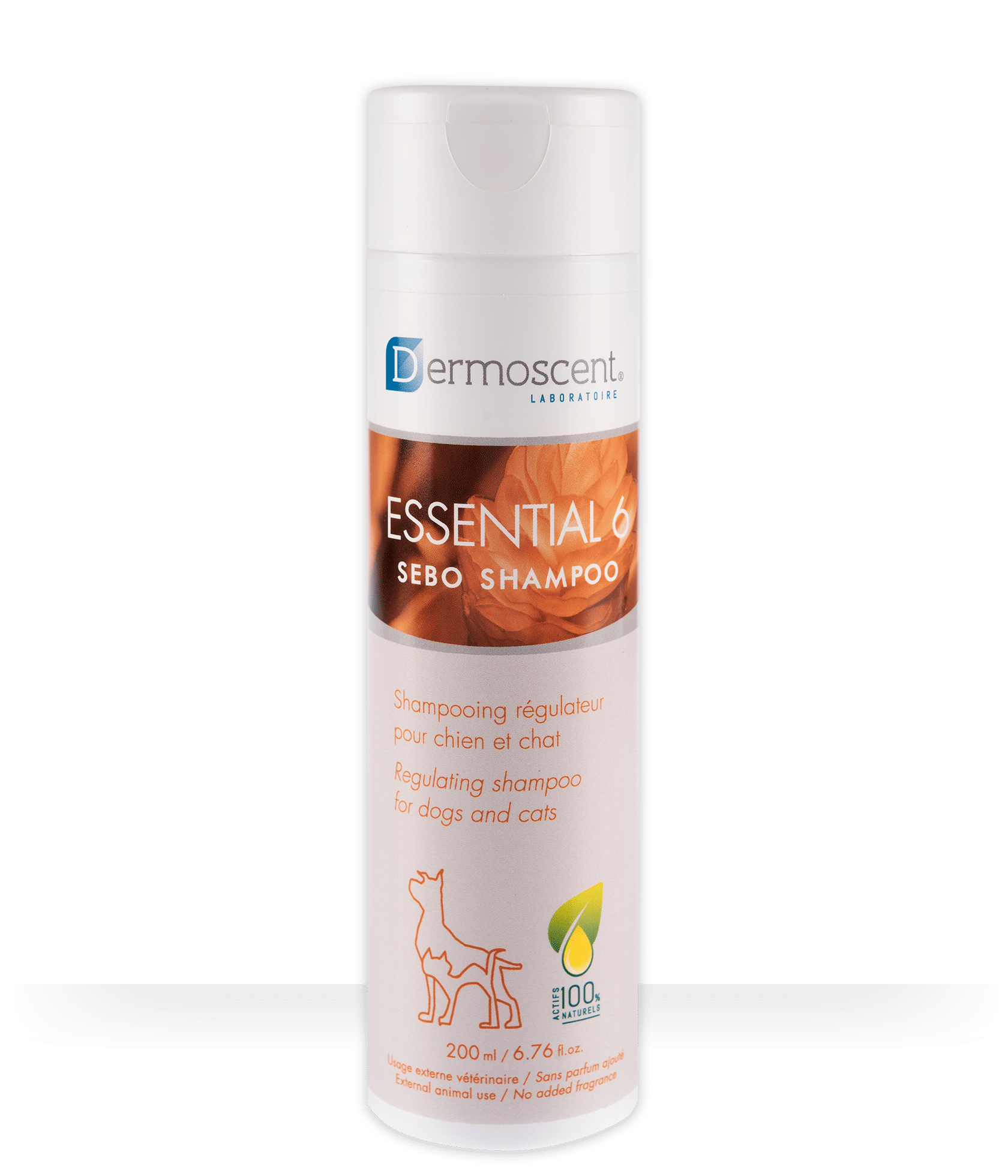Bathing your cat or dog: lather them up!

Cats and dogs are faithful companions who share our lives and are part of our family. We pay special attention to our animals, not just for their health but also for a more harmonious cohabitation without bad odors and other hygiene problems. Therefore, bathing your cat or dog should be part of their regular routine. But at what age should you give them their 1st bath and how often from then on? Which products should I use to cleanse them and how should I do it? Follow our guide!
Good hygiene practice for your animal
Bathe your cat or dog from a young age
 Contrarily to what is generally believed, your pet’s bath is necessary (even for cats) to maintain the beauty of the coat and the skin health. Start at the earliest, from the age of 3 months, to accustom the pet and facilitate the operation beneficial to him.
Contrarily to what is generally believed, your pet’s bath is necessary (even for cats) to maintain the beauty of the coat and the skin health. Start at the earliest, from the age of 3 months, to accustom the pet and facilitate the operation beneficial to him.
Bathing frequency
Cats clean themselves every day by licking and grooming but despite this, you may need to give them a bath if their coat gets dirty (obesity, old age, etc.). For dogs, bathing should be more regular. On the contrary, bathing too frequently with unadapted shampoo can also be harmful: irritation, itching, etc. Therefore, it is necessary to look for a good equilibrium:
- On average, once a month for pets without any particular dermatological problem
- If your pet has a skin problem, it is recommended to consult your veterinarian who can prescribe for you, among other things, a specific shampoo perfectly adapted for your pet to apply once or twice a week, for example.
Good to know: If you have the habit of bathing your pet whose skin is dry or allergic, pay attention to the temperature of the water. Heat may increase the dryness of the skin and reactivate inflammation.
Bathing your cat or dog: get organized
To make bathing your pet a real pleasure or even a fun thing to do, you need to:
- Prepare the things you need (shampoo, towels, etc.) and find a suitable place: outdoors on a nice day, indoors in a bathtub or shower using a rubber mat to prevent the animal from slipping.
- Brush the coat first to remove knots and wet the animal with water at a temperature below 36°C before applying the shampoo.
- Start by lathering from the back down to the legs. Massage the skin against the direction of the hair growth. Avoid contact with eyes, ears and snout.
- Leave the shampoo on for at least 2 minutes. Play with your pet so that it doesn’t become impatient.
- Rinse the animal from top to bottom, gently lifting the fur. You must be careful to ensure you don’t leave traces of shampoo on the skin of the animal, which could lead to itching.
- Dry with a towel first and then let dry naturally or use a hair dryer. The hair dryer should be kept away from the animal and used at a low temperature.
The choice of the shampoo
Shampoo is intended to cleanse, eliminate bad odors and make the animal’s coat shine. Take the skin and hair type into account while choosing one. Some may have oily skin and others dry skin. For the most sensitive skin, it is recommended to apply a moisturizing cream on a perfectly dried skin after bathing. In the case of skin problems (itching, skin infections, parasites, etc.), your veterinarian is the right person to advise you a specific shampoo for your pet.
Good to know: Animal skin pH is different from that of humans. It is therefore essential to use products that are specifically intended for animals and not to choose a product that is for human use, even baby products; as these may be too aggressive for your pet’s skin.




